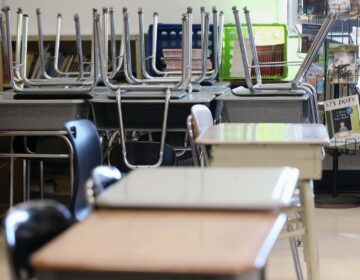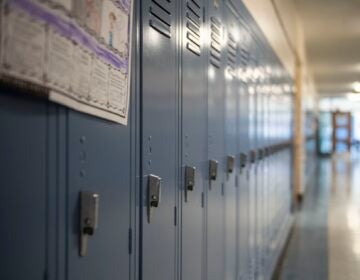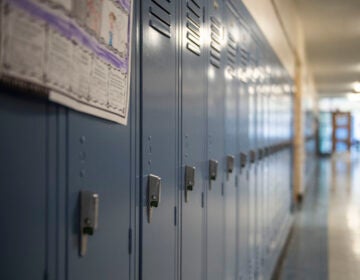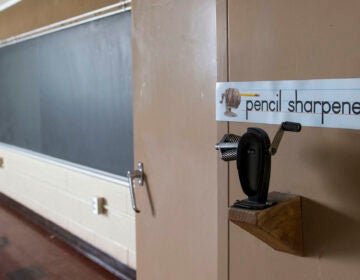How the state’s richest charity spends its money: The Milton Hershey School, by the numbers
With $17.4 billion in assets, the Milton Hershey School is the wealthiest K-12 school in the U.S.
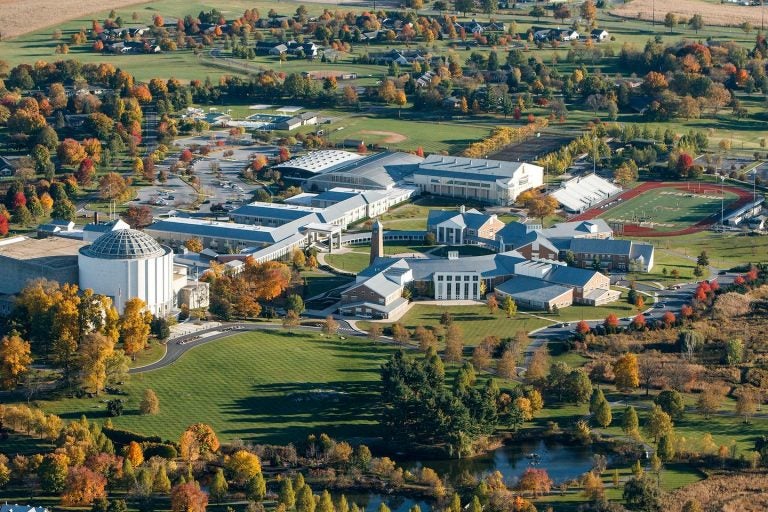
A view of the central Pennsylvania campus of the nation’s wealthiest school, the Milton Hershey School. (Dan Gleiter/PennLive)
This story originally appeared on Spotlight PA.
Spotlight PA and The Inquirer, in partnership with ProPublica, spent months investigating a venerable Pennsylvania institution: the Milton Hershey School.
Reporters interviewed experts in education and nonprofit finances, as well as dozens of former students, to understand more about how the state’s richest charity spends its money. Here’s what our investigation found, by the numbers.
» With $17.4 billion in assets, the Milton Hershey School is the wealthiest K-12 school in the U.S., endowed with the profits of the Fortune 500-ranked Hershey candy company. Its mission: to educate low-income and at-risk children, at no cost, at a residential school in central Pennsylvania.
» Although the school spends lavishly on its 2,100 students — roughly $90,000 a year on each — it faces an unusual dilemma for a charity: too much money. Over the past 20 years, the school has almost doubled the number of students it serves. Over the same period, though, its assets have nearly quadrupled in value, from $4.5 billion to more than $17 billion.
» One obstacle to spending more is a provision in the school’s founding deed, signed in 1909 by chocolate tycoon Milton S. Hershey and his wife, Catherine, which says the school can spend only the income earned by its endowment, not the endowment itself. But critics point out that the deed can be, and has been, changed. And almost every year since its founding, the school has not spent all the available income. By 2020, more than $1 billion in unspent income had piled up. Under a recent court agreement, $350 million of that will now be spent on a new initiative to build six preschools across the state; most of it will be reclassified as a rainy day fund.
» When we asked former students what drew them to the school, many cited the chance to earn a generous college scholarship, currently up to $95,000. But that money comes with strings attached that leave some students mired in debt. Before they can use it, students are first required to borrow $2,500 in subsidized federal loans — debt the school will repay, but only if they complete a degree. School officials said they believe the loans increase students’ commitment to their education.
» But 11 higher-education experts told Spotlight PA, The Inquirer, and ProPublica that this policy is unusual and risky. Borrowers who don’t complete a degree are the most likely to default, even though their loan balances are smaller.
» Dayshawn Carroll experienced this first hand. He graduated from MHS in 2011 – the first year the school required students to take out loans. Carroll dropped out of community college after one semester and defaulted on the loan, ruining his credit score. He said he didn’t fully understand the responsibility he was taking on when he signed for the loan — or that the consequences of failing to pay it back would dog him for years. He still owes $950.
WHYY is your source for fact-based, in-depth journalism and information. As a nonprofit organization, we rely on financial support from readers like you. Please give today.


